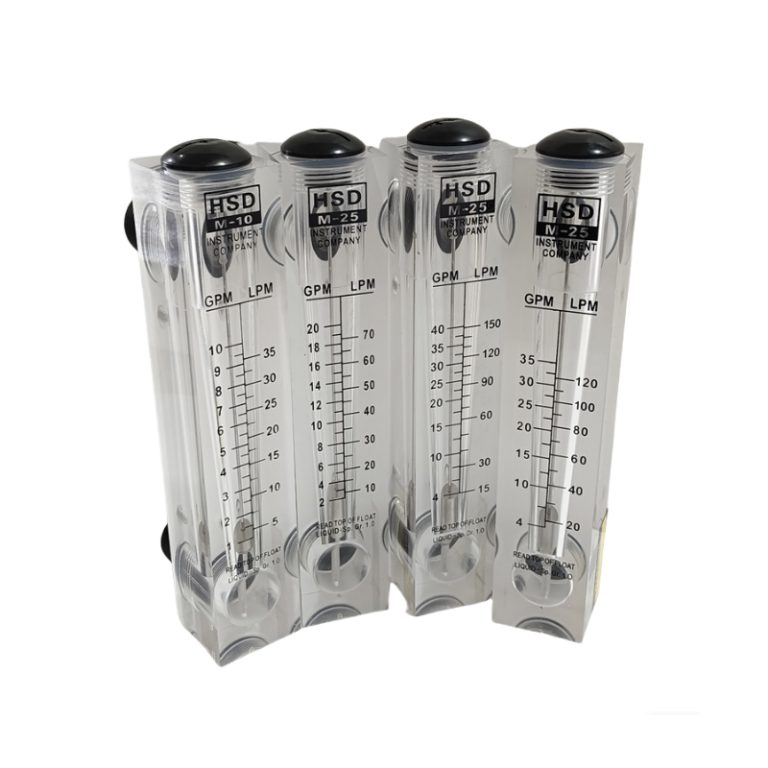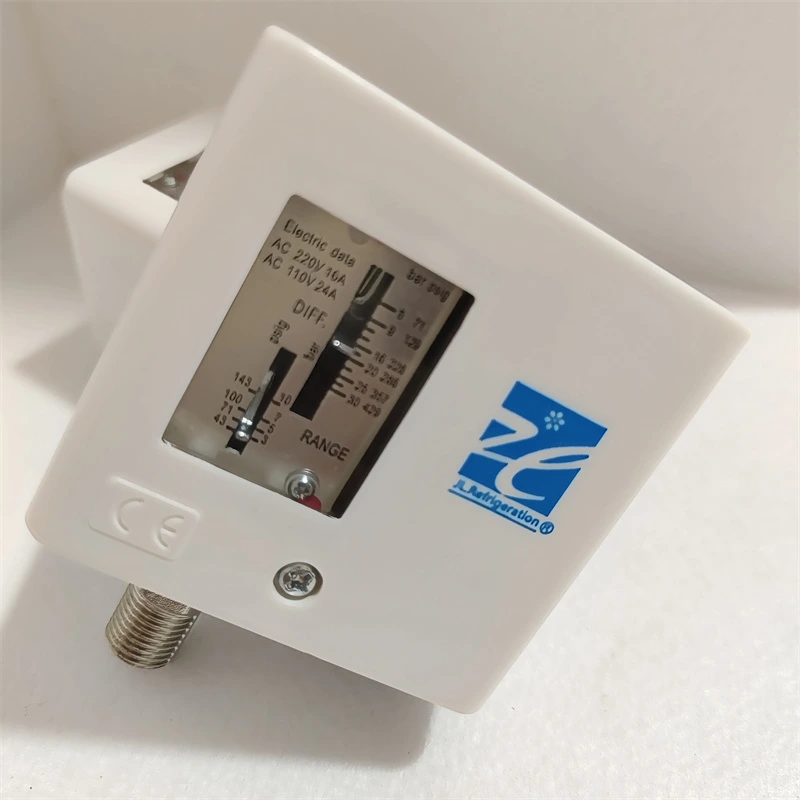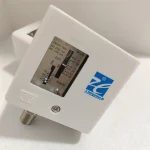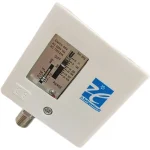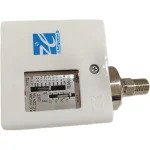BasideWT- Whole Home Water Filtration System & Replacement

Automatic Water Pump Switch Pressure Switches Control Automatico Interruptor for Water Pumps and RO Systems
PRODUCT PARAMETERS
- Product Name: Automatic Water Pump Switch
- Type: Water Filter Parts
- Material: Brass, Stainless Steel
- Pressure: 5-30 bar
- Power Source: Electric
- Feature: Switch Option
- Application: Commercial, Industrial
- Packing: Standard Exportation Package
What is a Pressure Switch?
A pressure switch automatically turns a water pump ON/OFF based on predefined pressure settings. When pressure drops (due to water demand), it activates the pump; when pressure reaches the cutoff point, it shuts off the pump.
Key Features of Industrial Water Pump Pressure Switches
- Adjustable Pressure Range – Allows customization for different system requirements.
- Durable Construction – Made of stainless steel, brass, or robust plastics for corrosion resistance.
- Dry Run Protection – Prevents pump damage by shutting off if no water is detected.
- High-Precision Sensing – Ensures accurate pressure monitoring.
- Manual/Auto Mode – Some models allow manual override.
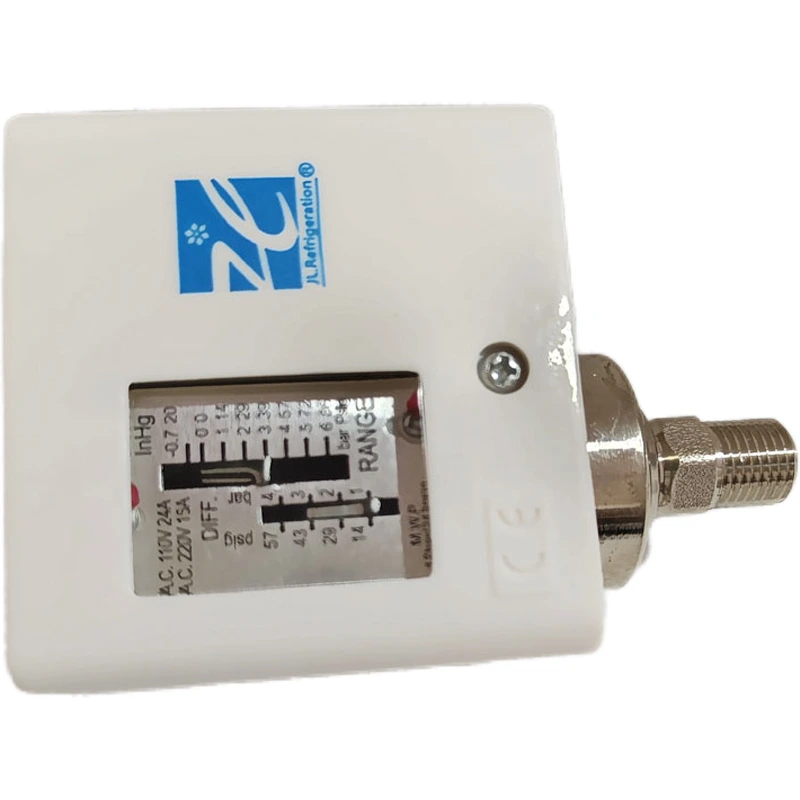
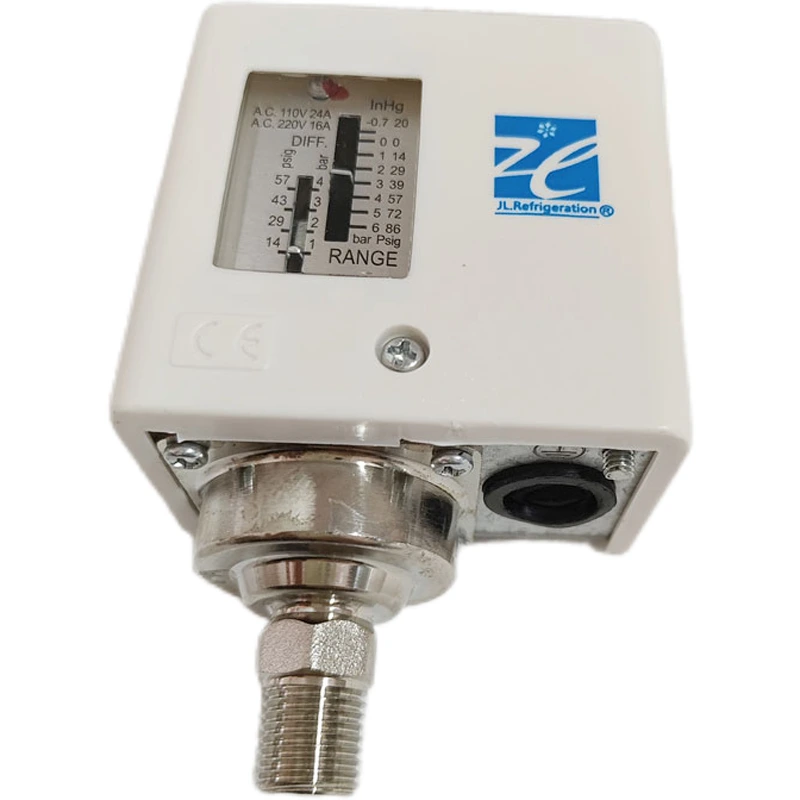
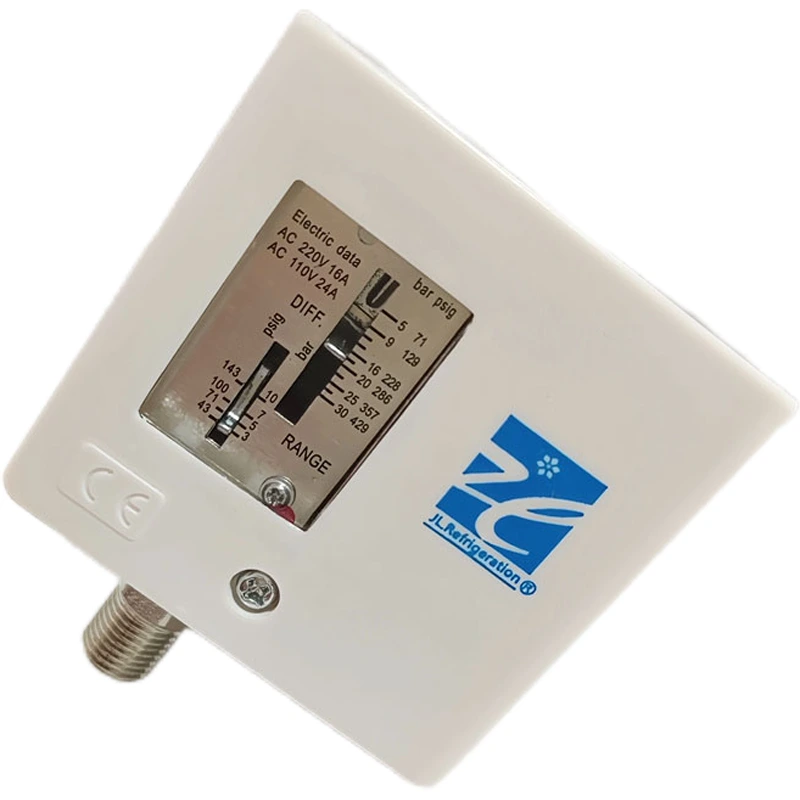
How Does a Pressure Switch Work?
When water pressure drops below the cut-in pressure, the switch triggers the pump to start. Once pressure reaches the cut-out level, it shuts off the pump. This cycle maintains consistent pressure, protects equipment, and reduces energy consumption.
Types of Pressure Switches
- Mechanical Pressure Switches: Use springs and diaphragms; common in residential water pumps.
- Electronic Pressure Switches: Offer higher precision and programmability for industrial use.
- Adjustable Pressure Switches: Allow custom cut-in/cut-out settings for specialized applications.
Key Applications
- Water Pump Systems: Maintains steady pressure in wells and booster pumps.
- RO Systems: Protects membranes by regulating pump operation.
- Industrial Machinery: Prevents over-pressure failures in hydraulic systems.
FAQs
Choosing the perfect water treatment system depends on your specific water quality, household size, and needs. We make it easy with our 3-step process:
Water quality testing – analyze your water for contaminants, hardness, and other factors.
Personalized Consultation – Our experts recommend systems based on your results, budget, and water usage.
Customized Solution – From whole-house filtration to targeted solutions (e.g., RO for drinking water, softeners for hard water), we tailor the system to your home.
To determine your water flow rate in gallons per minute (GPM), follow these simple steps:
Prepare for Testing:
- Prepare for Testing:
- Ensure all water fixtures in your home are turned off
- Select the faucet closest to your main water supply line (usually the kitchen sink or an outdoor spigot)
- Conduct the Test:
- Fully open the selected faucet
- Time how many seconds it takes to fill a 1-gallon container
- Repeat the test 2-3 times for accuracy
- Calculate Your Flow Rate:
Use this formula: Flow Rate (GPM) = 60 ÷ Fill Time (seconds)Example Calculation:- If your 1-gallon container fills in 15 seconds
- 60 ÷ 15 = 4 GPM
For more precise measurements or whole-home flow rate analysis, contact our water system specialists. We can help you determine if your current flow rate meets the requirements for any water treatment systems you’re considering.
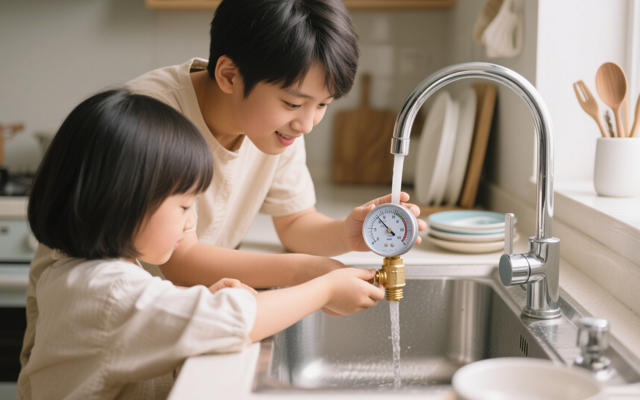
1. Check Multiple Fixtures
Test water pressure at different faucets, showers, and appliances (e.g., kitchen sink, bathroom sink, outdoor hose).
If only one fixture has low pressure, the problem is likely localized (clogged aerator, faulty valve, or pipe issue).
If all fixtures have low pressure, the issue is systemic (main supply, pressure regulator, or water heater).
2. Inspect the Aerator or Showerhead
Unscrew the faucet aerator or showerhead and check for mineral deposits, debris, or rust.
Soak it in vinegar overnight to dissolve buildup, then rinse and reattach.
3. Check the Main Shutoff Valve
Locate the main water shutoff valve (usually near the water meter or where the main line enters the house).
Ensure it’s fully open (turn clockwise to close, counterclockwise to open).
1. Activated Carbon Filters
- Removes:
✅ Chlorine & chloramines
✅ Bad tastes & odors (e.g., sulfur)
✅ Volatile Organic Compounds (VOCs)
✅ Some pesticides & herbicides
❌ Does not remove heavy metals, dissolved minerals, or microbes
2. Reverse Osmosis (RO) Systems
- Removes:
✅ Heavy metals (lead, arsenic, mercury, cadmium)
✅ Dissolved salts (fluoride, nitrates, sulfates)
✅ Microplastics & sediment
✅ Bacteria & viruses (if combined with UV)
✅ Chlorine & chemicals (with carbon pre-filter)
❌ May remove beneficial minerals (can be remineralized)
3. Water Softeners (Ion Exchange)
- Targets:
✅ Calcium & magnesium (hardness)
✅ Low levels of iron & manganese
❌ Does not remove bacteria, chlorine, or heavy metals
4. UV Purifiers
- Kills:
✅ Bacteria (E. coli, coliform)
✅ Viruses (rotavirus, hepatitis)
✅ Protozoa (Giardia, Cryptosporidium)
❌ Does not remove chemicals, metals, or sediment
5. Sediment Filters
- Removes:
✅ Sand, rust, dirt
✅ Large particles & silt
❌ Does not remove dissolved contaminants
6. Whole-House Filtration Systems
Combines multiple methods (carbon + sediment + UV) for broad protection.
- UV: Kills bacteria/viruses but doesn’t remove chemicals or particles.
- RO (Reverse Osmosis): Removes 95–99% of contaminants (heavy metals, dissolved salts) but requires electricity.
- Activated Carbon: Absorbs chlorine, odors, and organic compounds—ideal for pre-filtration.
REQUEST A QUOTE
RELATED PRODUCTS
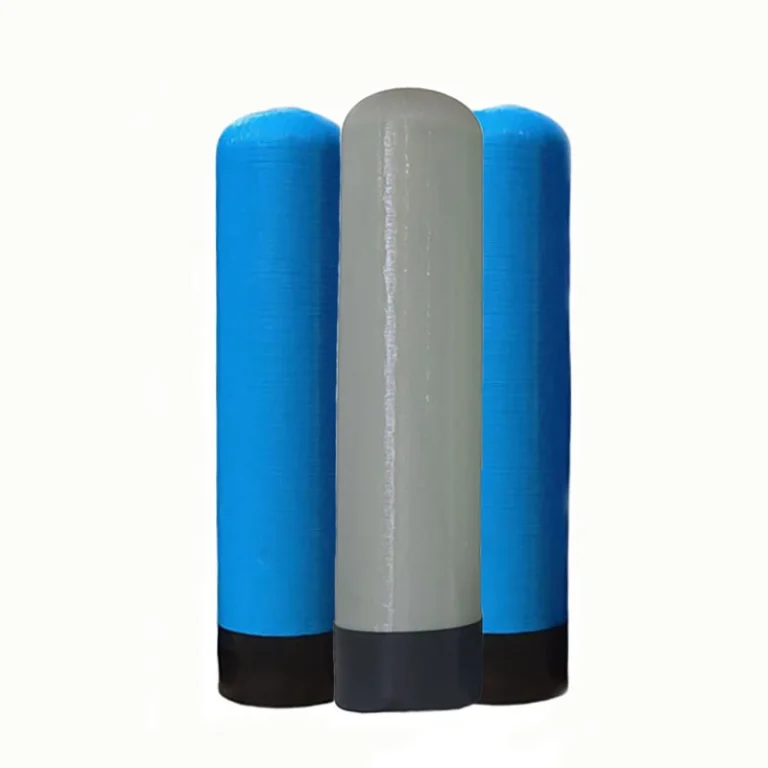
BasideWT Reverse Osmosis Frp Storage Tank 10×54

Water flow Flowmeter,LZS-40 Water Liquid Flowmeter,High Accuracy Plastic Tube Type Flowmeter Instrument 1-10mH Range
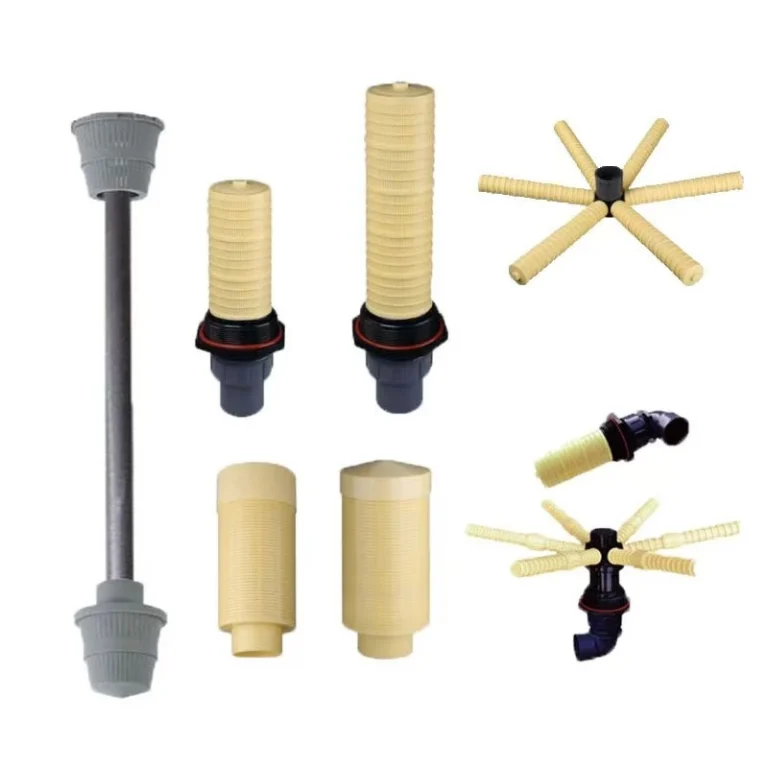
Top and Bottom Water Treatment Water Distributor for FRP Tank
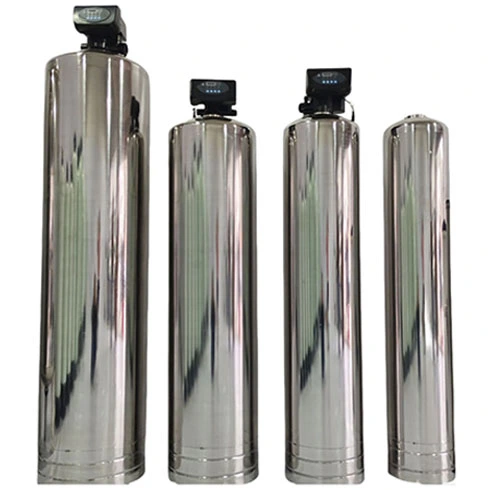
Stainless Steel Water Tank Industrial Water Softener Tanks Rustproof Pressure Vessels for RO Systems | OEM Pricing
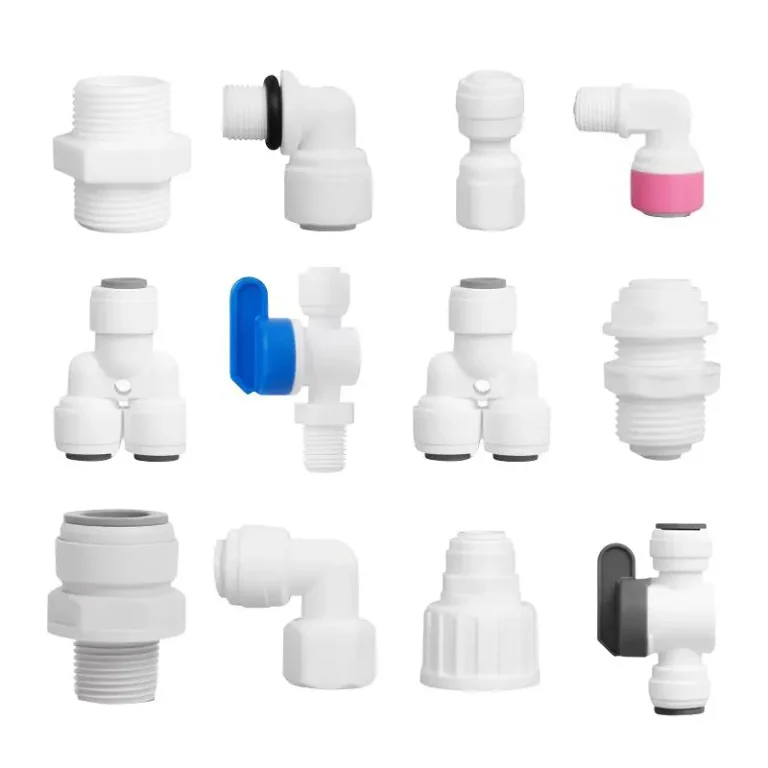
Water Connection Parts Water Filter Tube Fittings 1/4″ 3/8″ Quick Connect Fittings Push in Connector for RO System
